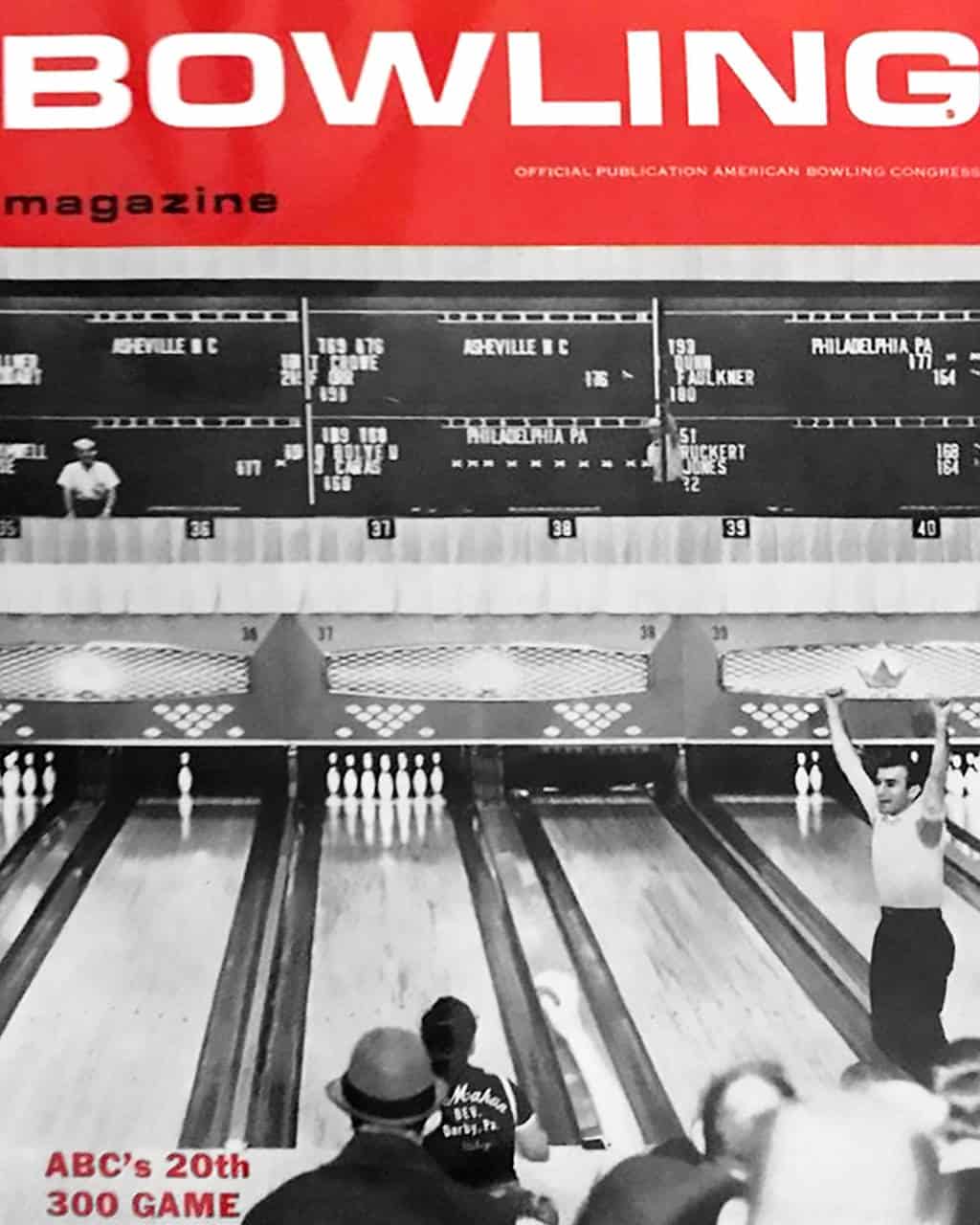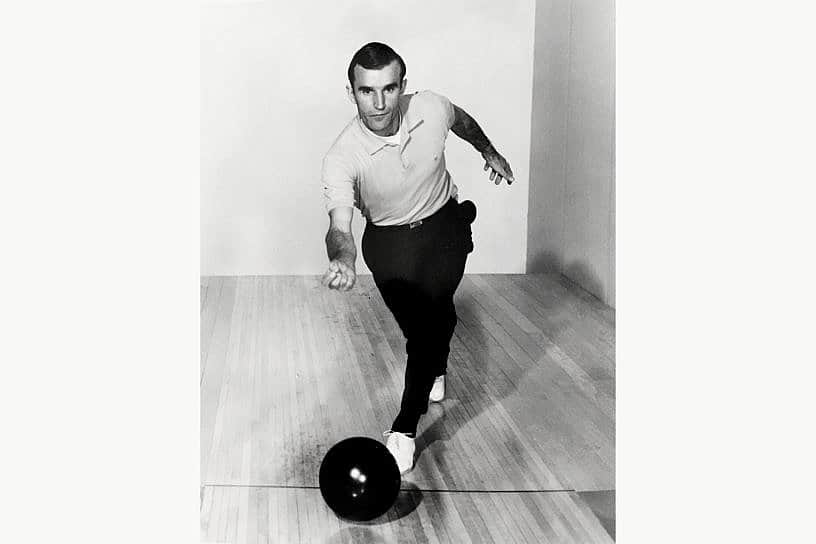John Caras always dreamed of making a mark as an athlete. At five foot seven and one hundred thirty-five pounds, that goal in sports would seem limited and out of reach. However, on Friday, March 2, 1968, John Caras, a 200 average bowler, rolled a perfect score when he was substituted at the American Bowling Congress Championships in Cincinnati. It was only the twentieth 300 game in the sixty-five-year history of the tournament, and Caras’ name would forever be etched in professional bowling’s records book.
Caras’ story is one of challenges and obstacles. A lover of sports, he competed at the intramural level while attending Upper Darby High School and Lasalle College, in the metro Philadelphia area. As a track and field and long-distance runner, he performed at the varsity level. But as time marched on, John found himself living a family life. He was married with two children and held a position as a store manager.
Although his school days had come to an end, Caras’ burning desire to compete continued. He looked around and found a new challenge. John joined a local team of bowlers who competed at Boulevard Lanes and Gehris Lanes (Upper Darby). In just six years’s time, he built his skills and his league average that reached over 200. It was a fast-paced journey of achievement. Caras’ competitive nature was still alive, and he applied it to its fullest in bowling. He picked up tips along the way from better bowlers and learned the game fast, until he was recognized and invited to fill-in for injured bowler Nick Acquarola, at the ABC championships.
At the tournament, Caras’ total pins led his team scoring, and after a solid first round competing at the singles, the perfect game came. Twelve flawless strikes placed his name in the record books. A photograph appeared on the cover of Bowling Magazine that captured the moment. Sports Illustrated, and newspapers around the country, also reported the historic moment. Caras had made his mark.

Bowling Magazine
That moment in 1968 weighed heavier in sports history then it does today. It was a time when professional bowlers reigned supreme. In the “golden era” of the 1960s and 1970s, professional bowlers made twice as much money as NFL stars signed million-dollar contracts and were heralded as international celebrities. After each match, they’d be flanked by beautiful women who’d seen them bowl on television or had read about them in Sports Illustrated.
With the rise in popularity of televised bowling and its superstars, recreational bowling also saw a boom in the 1960s, with over 12,000 sanctioned alleys constructed during the decade. The U.S. Bowling Congress peaked at 4.6 million recreational members. As one long-time ‘just for fun’ bowler puts it: “Bowling was the thing to do back then. Every weekend, those places would be packed with kids, parents, grandparents. Everyone bowled.” Today, there are over 3,000 members of the Professional Bowlers Association.
Caras, who eventually moved to Florida, continued to bowl successfully for several more years. Although his sport may have faded or been relegated to recreational, his name will forever stand during that time.



